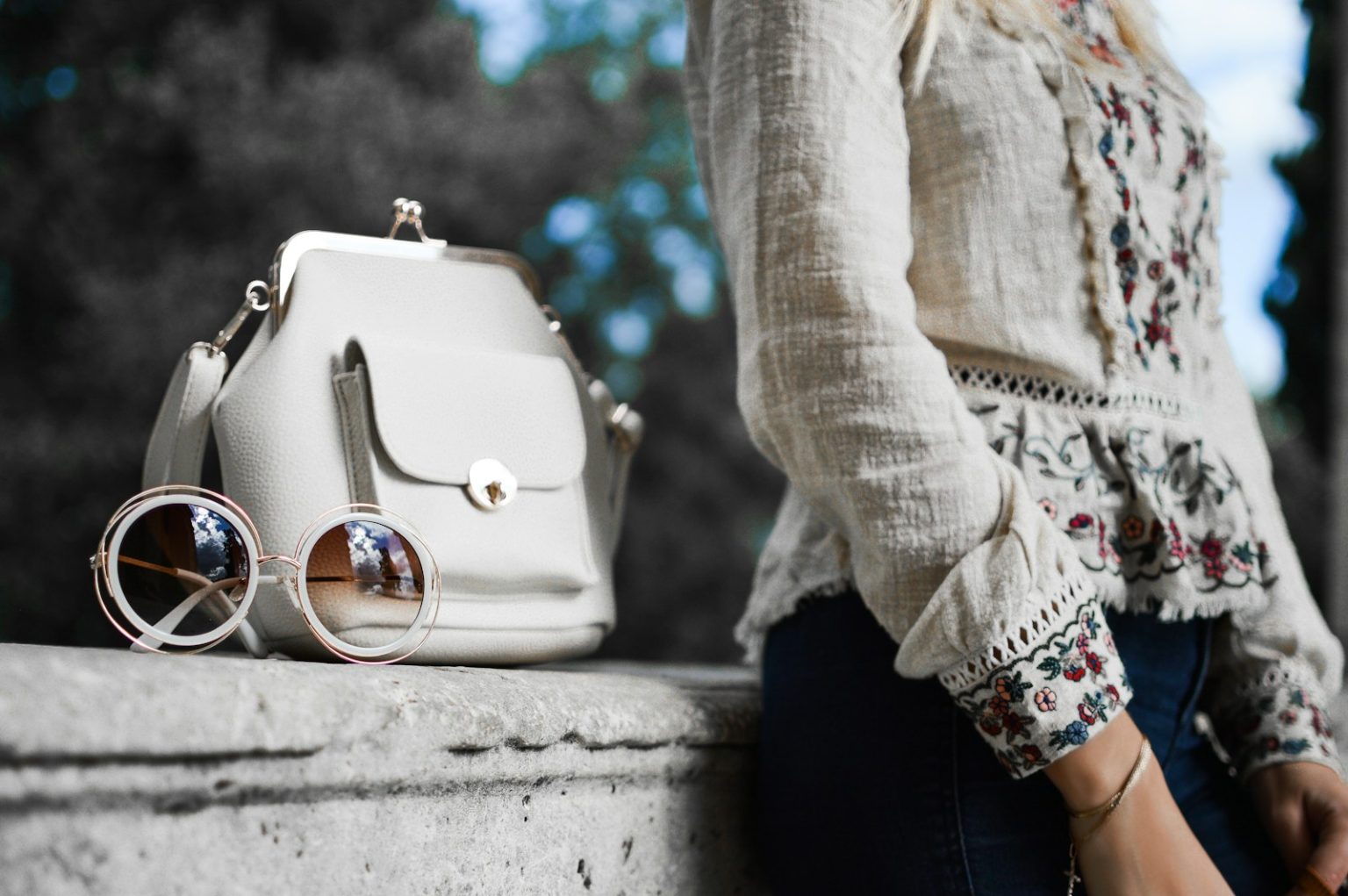Symbols play a powerful role in shaping our understanding of the world around us. From ancient hieroglyphics to modern-day logos, symbols have the ability to convey complex meanings and evoke strong emotions. In the world of fashion, symbols are used to communicate cultural significance and create a sense of identity.
One of the most iconic symbols in fashion is the logo. Logos serve as a visual representation of a brand’s identity and values. They communicate the brand’s story and heritage, and can evoke a sense of prestige and exclusivity. For example, the interlocking C’s of Chanel and the double G’s of Gucci are instantly recognizable symbols that convey luxury and sophistication.
In addition to logos, fashion designers often incorporate cultural symbols into their designs. These symbols can range from traditional motifs to contemporary icons, and they serve to connect the fashion world with broader cultural narratives. For example, the use of traditional African prints and patterns in fashion can serve as a form of cultural exchange, celebrating the rich heritage of the African continent.
Furthermore, symbols in fashion can also be used to challenge societal norms and provoke thought. Designers often use their collections to make political or social statements, using symbols to convey messages of empowerment and resistance. For example, the use of the feminist symbol in fashion has become increasingly prevalent, as designers seek to challenge traditional gender roles and promote equality.
Ultimately, the power of symbols in fashion lies in their ability to transcend language and communicate universal truths. Whether it’s a logo that conveys luxury and prestige, or a cultural symbol that celebrates diversity and heritage, symbols in fashion have the ability to shape our understanding of the world and provoke meaningful conversations. As we continue to navigate an increasingly globalized and interconnected world, the cultural significance of symbols in fashion will only continue to grow in importance.





